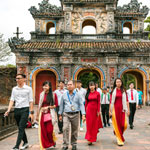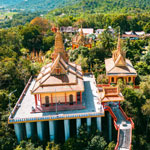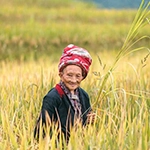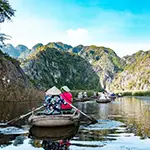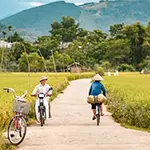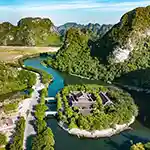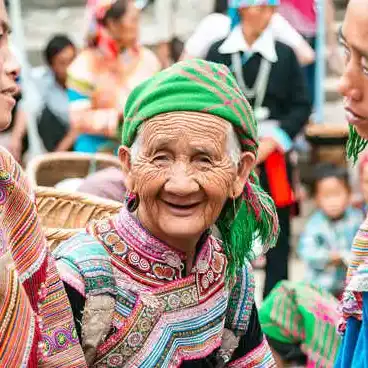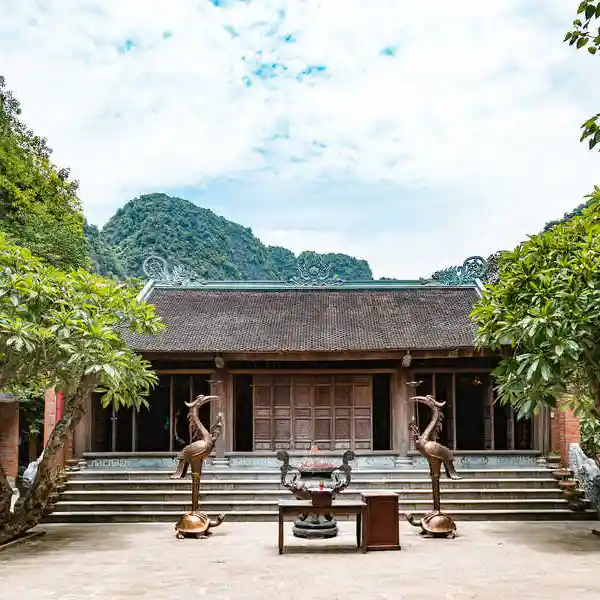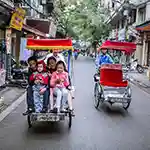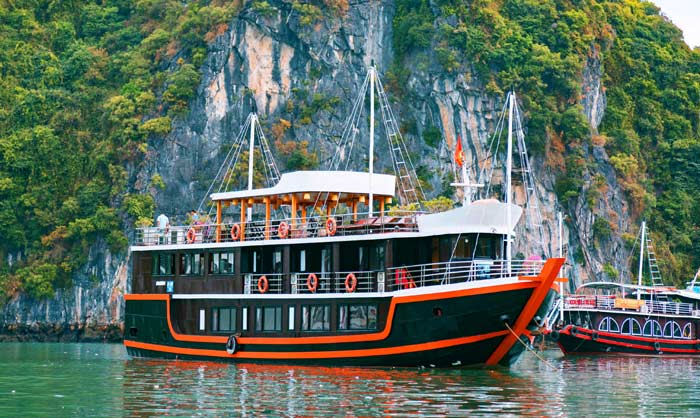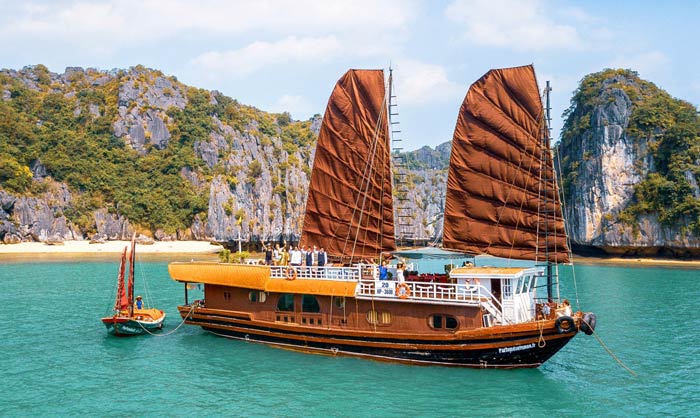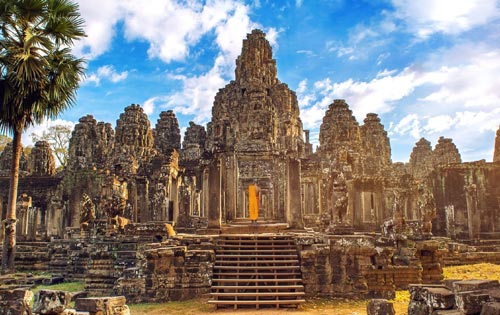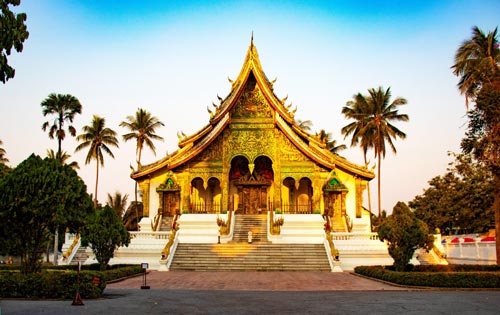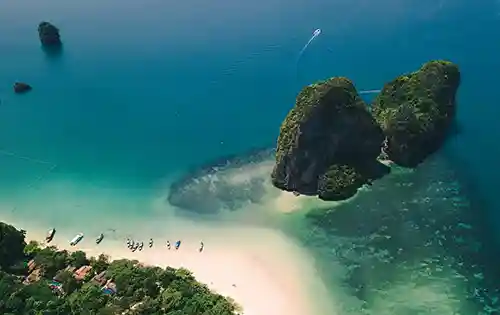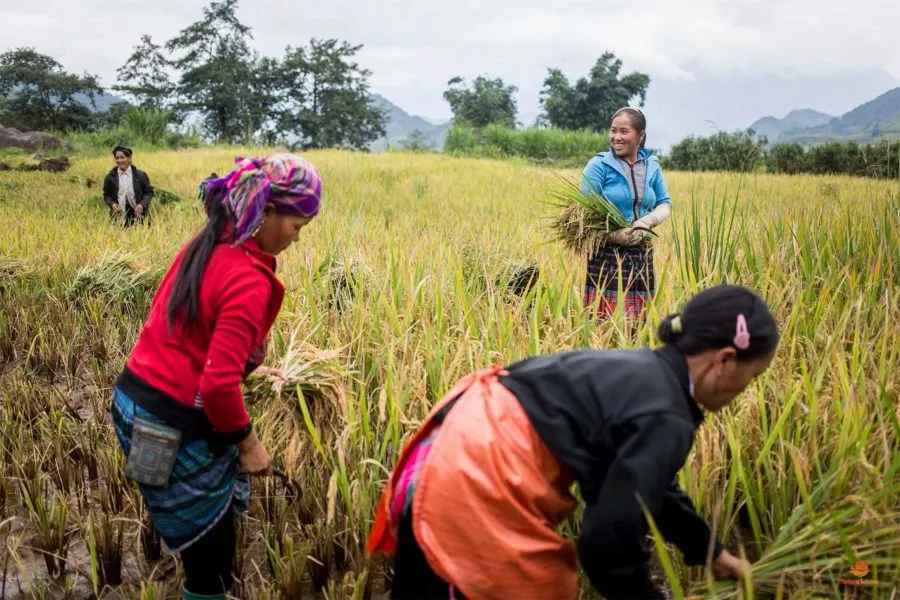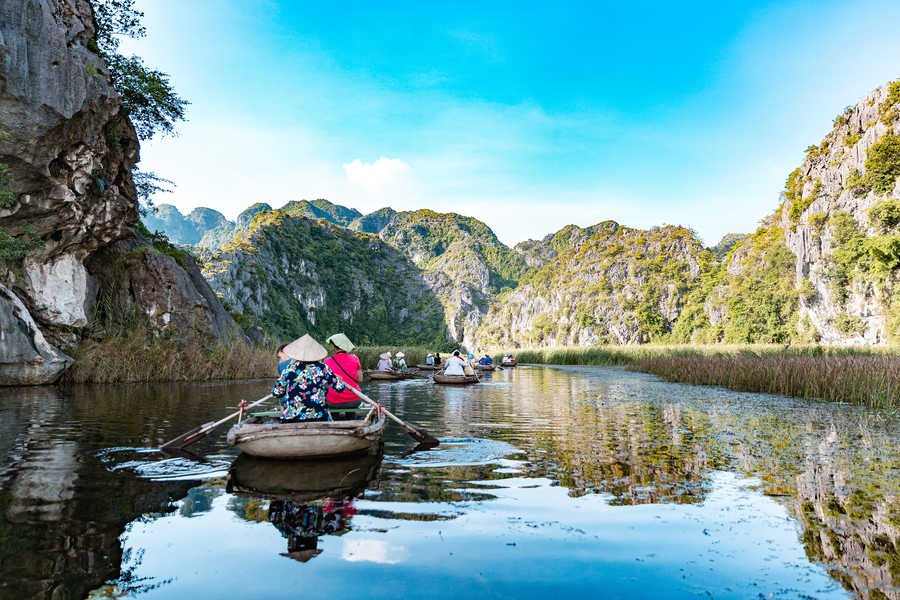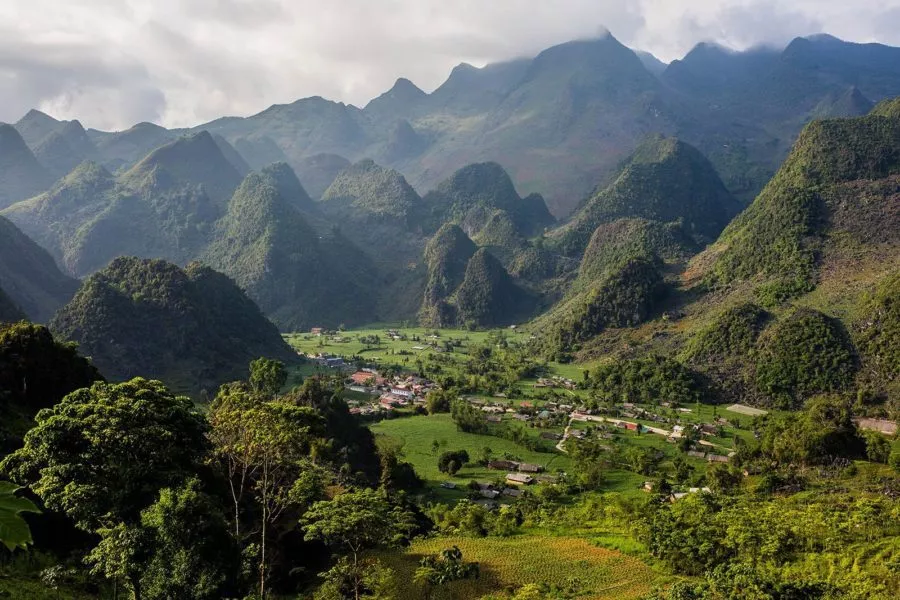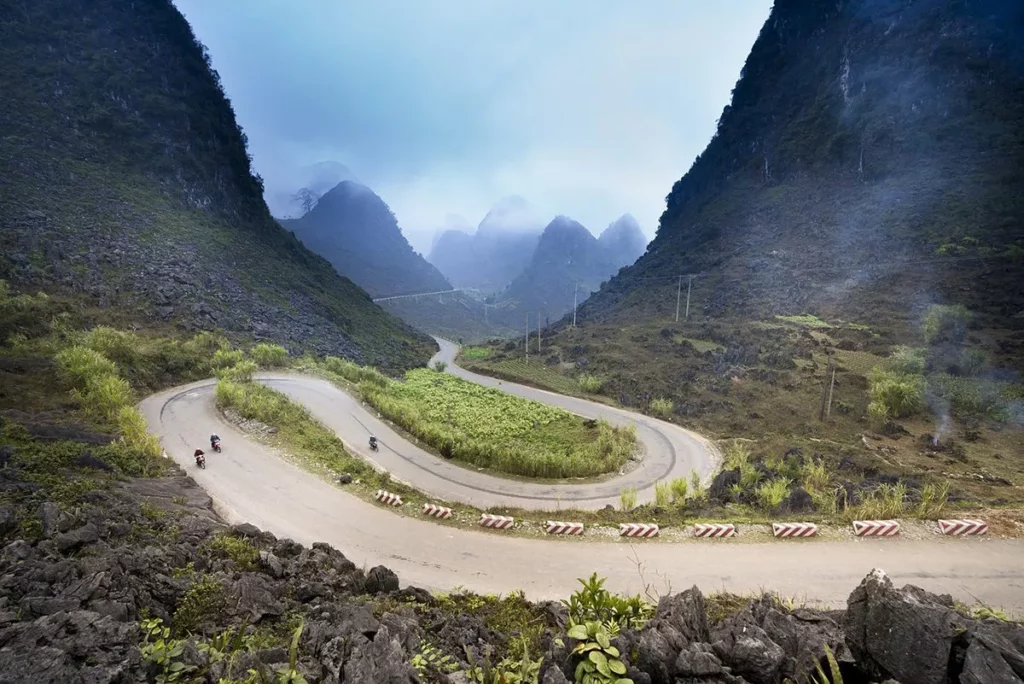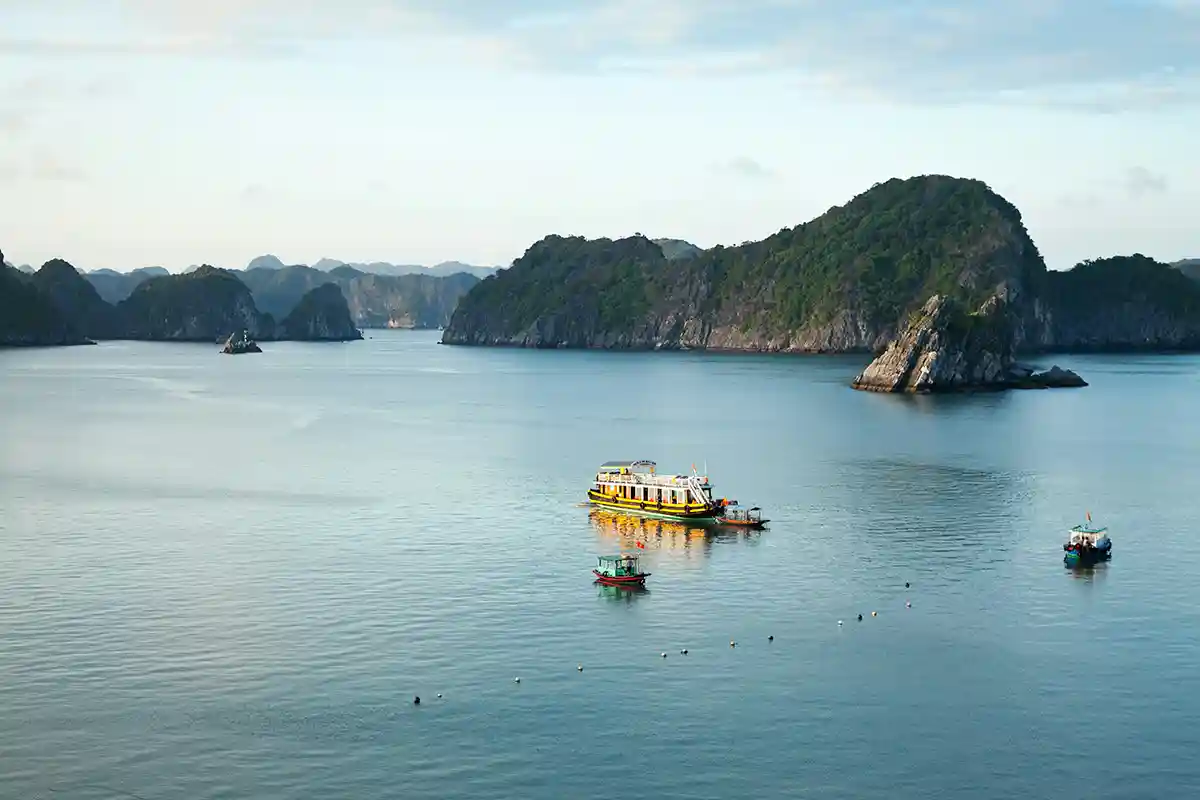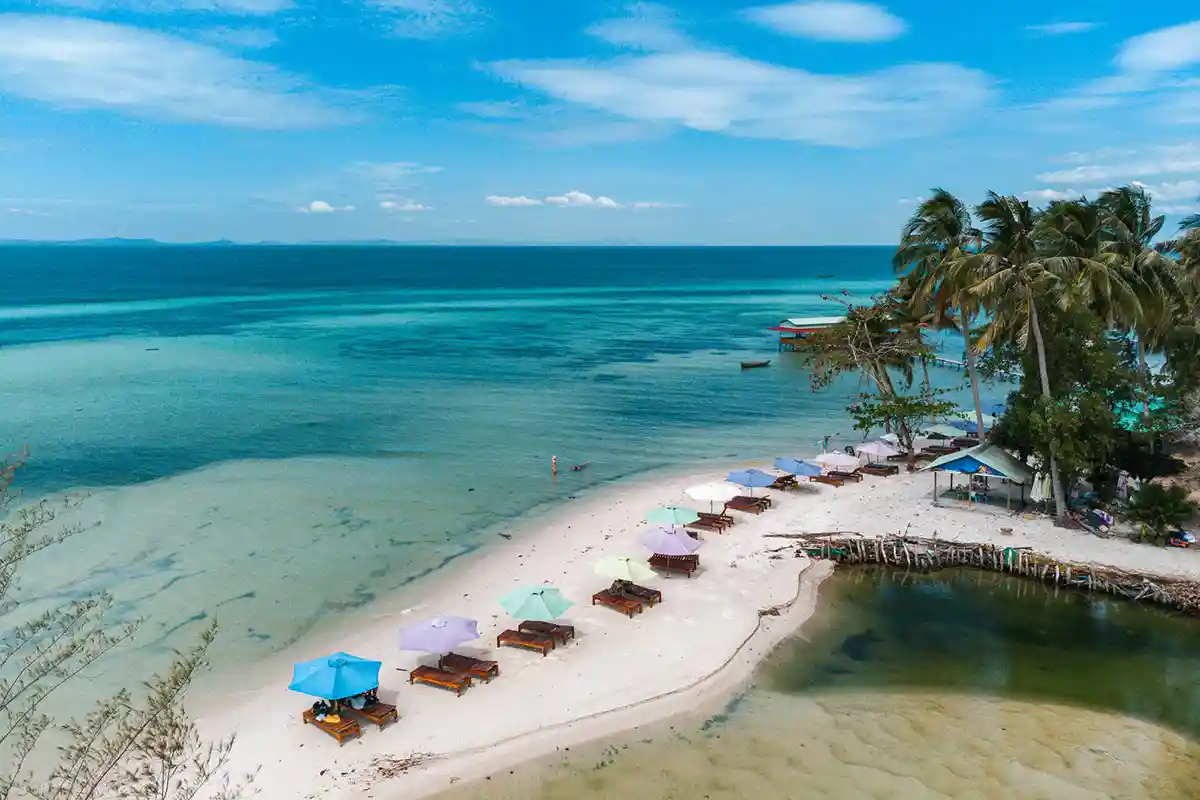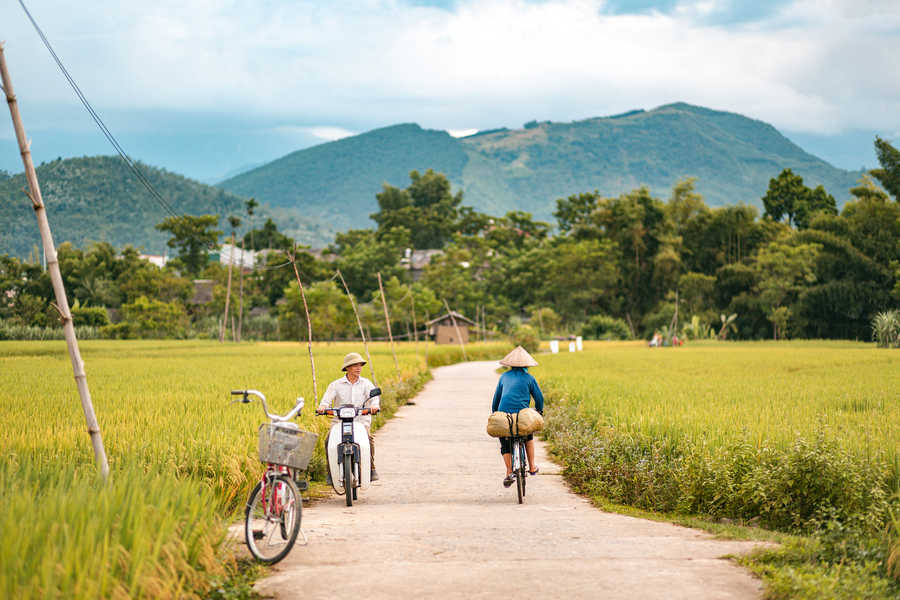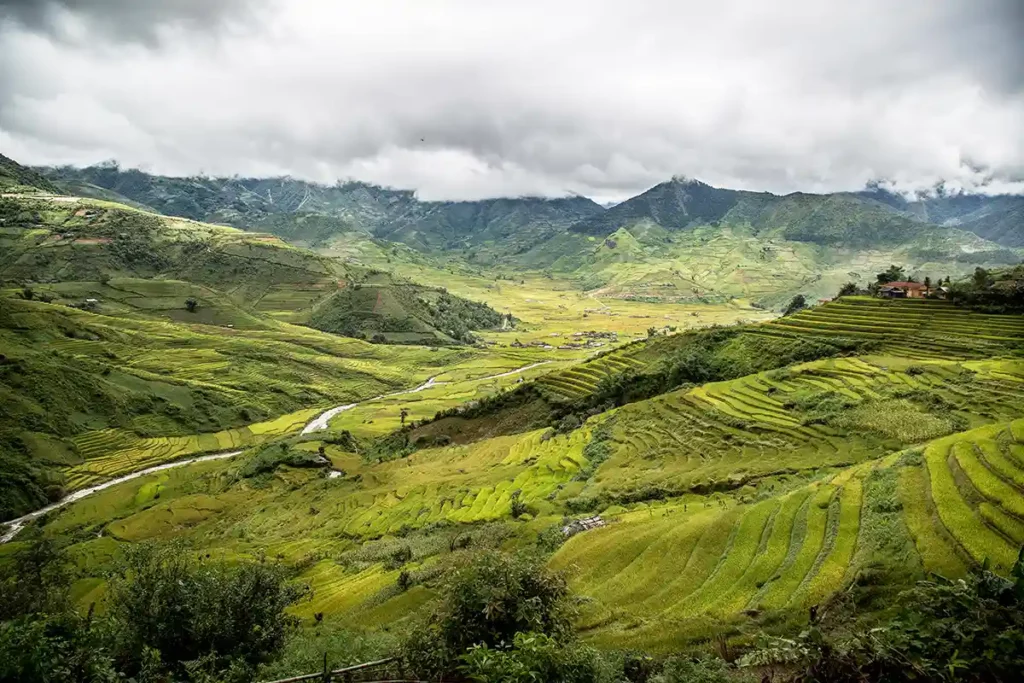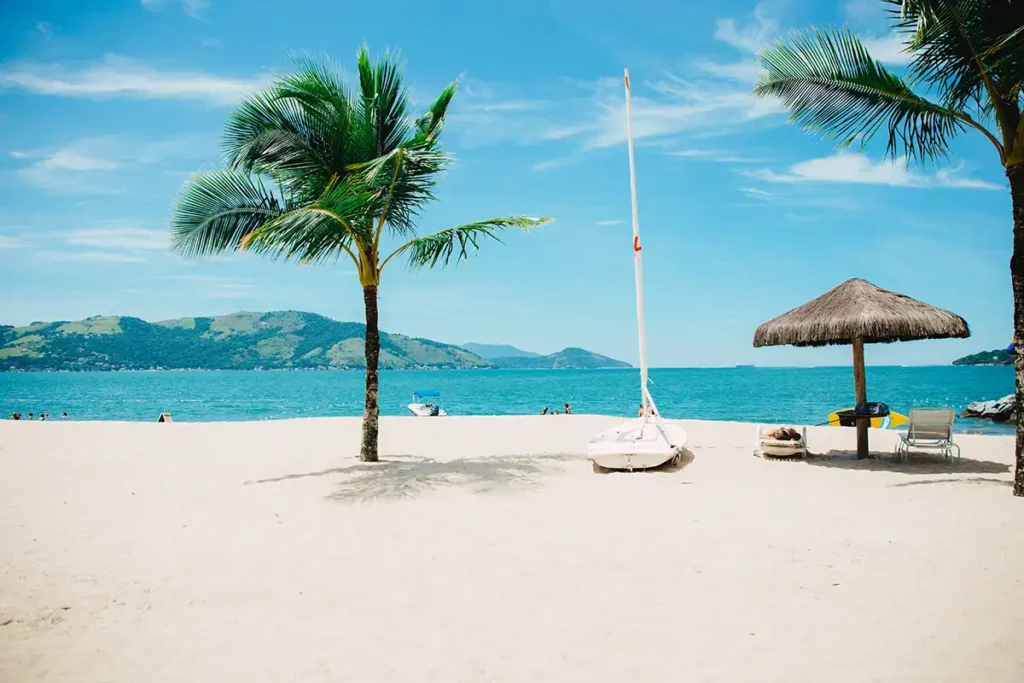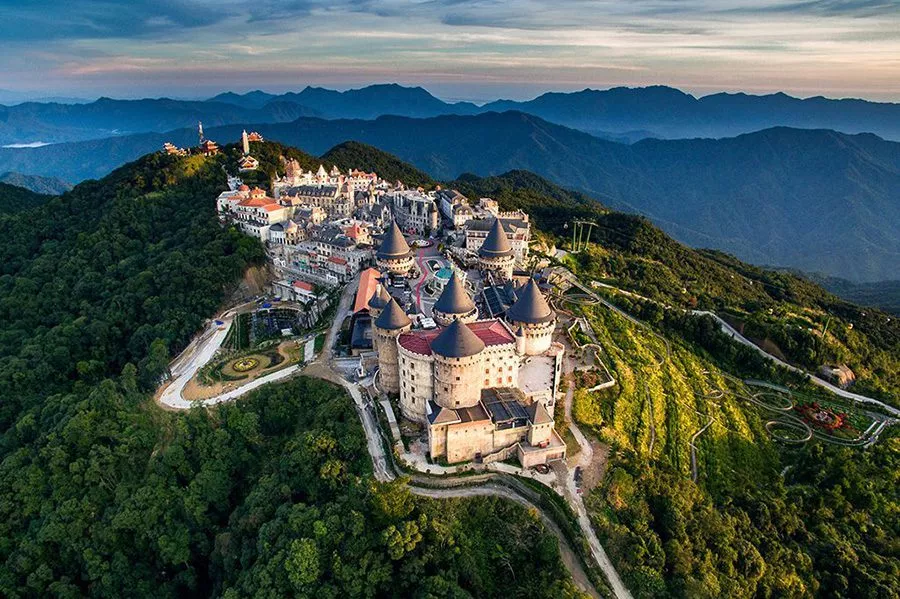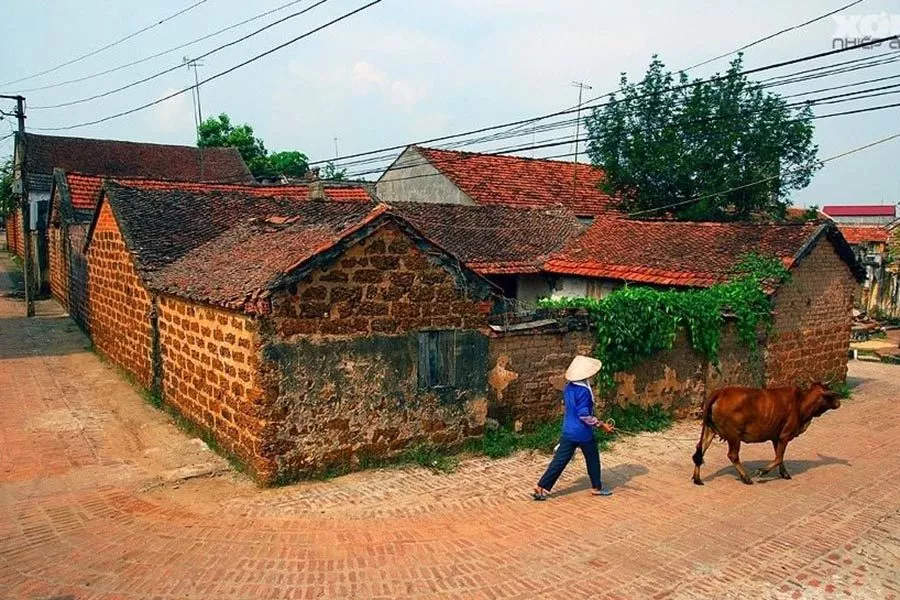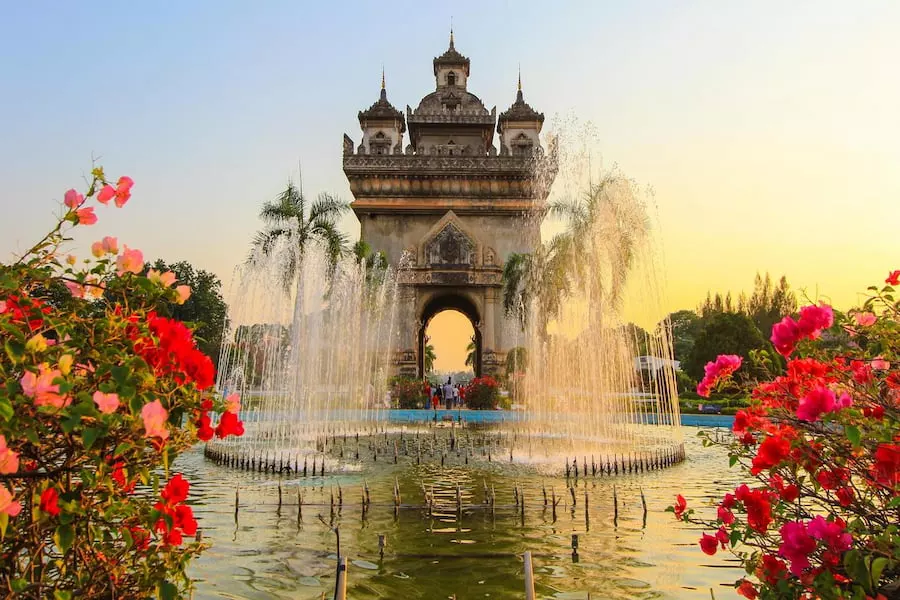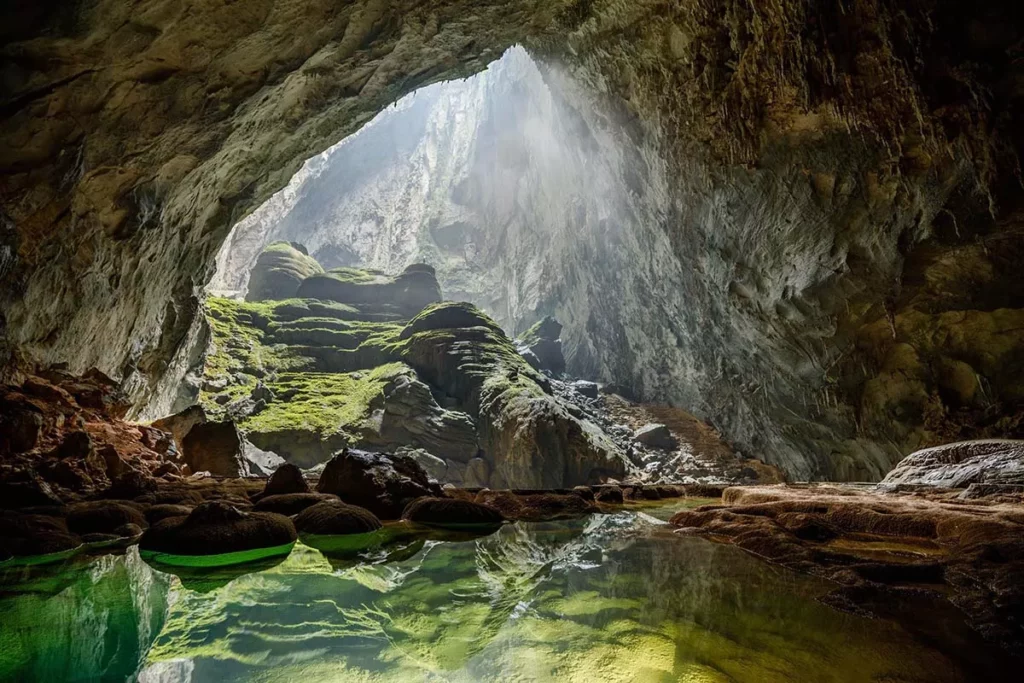Terraced rice fields are one of the many reasons to travel to Vietnam. Hiking through the mountains and discovering these stairways carved into the hillsides by the hands of ethnic minority communities is a truly unforgettable adventure.
In this article, we highlight the most stunning destinations to admire Vietnam’s iconic rice fields.
Feel free to contact us to start planning your personalized tour.
The Importance of Rice in Northern Vietnam’s Culture
Although its share in the national economy is gradually declining due to industrialization and the modernization of the production system, agriculture still employs a large portion of Vietnam’s workforce—around 45%. And among those working in agriculture, rice cultivation remains central. Since the 1970s, rice farming has been regarded as a national mission.
Rice serves as a symbol of Vietnam’s identity, both economically and culturally. Today, the country is the world’s third-largest rice producer, behind India and Thailand. As Vietnam’s primary crop, rice production saw a compound annual growth rate (CAGR) of 2.5% between 2010 and 2014.
Rice-Growing Techniques in Northern Vietnam
While the majority of Vietnam’s rice production comes from the Mekong Delta—rightly nicknamed the country’s “rice bowl” and accounting for 45% of national output—the people of northern Vietnam also grow rice, even in mountainous regions. In these challenging landscapes, ethnic minority groups have developed ingenious techniques to cultivate rice on terraced fields. These involve building a series of steps into the mountainsides, creating flat surfaces suitable for planting. It’s an incredibly labor-intensive process that has gradually carved entire valleys into majestic staircases.
To make this possible, local farmers also developed sophisticated water distribution systems to adapt to the region’s high-altitude terrain—bamboo pipes are used to draw and channel water from mountain streams.
These rice terraces are among the most spectacular and photogenic agricultural landscapes in Vietnam—an unforgettable sight you won’t want to miss!
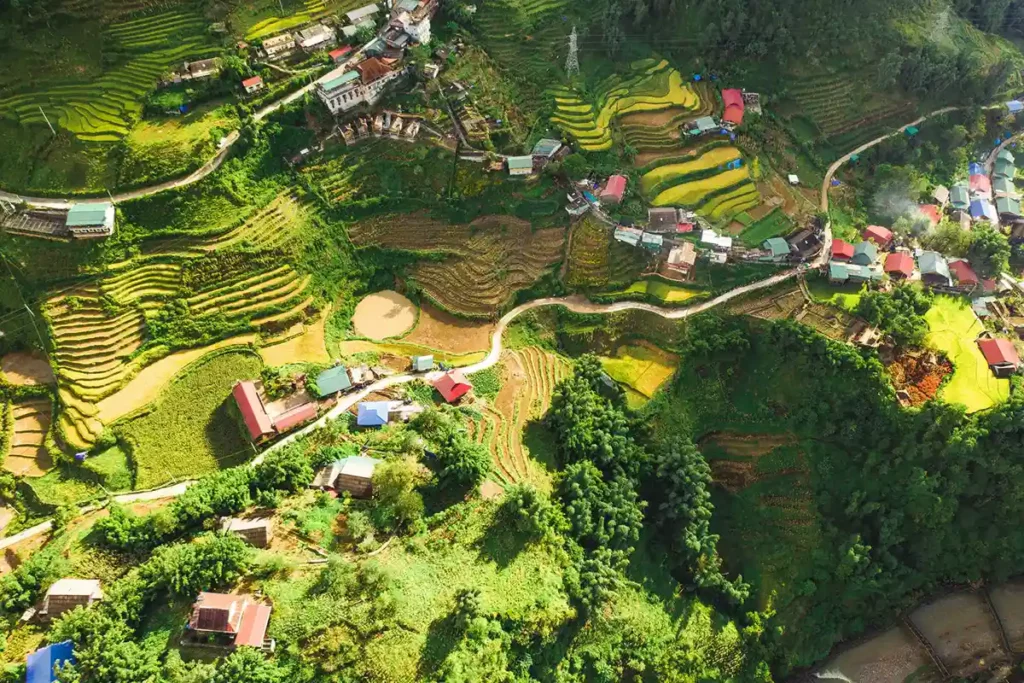
Terraced Rice Fields Around Sapa, Vietnam. Photo credit: Mathieu Arnaudet
Seasons of the Rice Fields: When to Visit Northern Vietnam’s Terraces
The rice-growing cycle in northern Vietnam can be divided into three main seasons:
Water Season (May–June):
During this time, the rice terraces are flooded in preparation for transplanting. The paddies reflect the sky, creating the famous “mirror” effect—an ideal moment for photography.
Green Season (July–August):
This is when transplanting takes place. The young rice plants grow steadily, covering the terraces in vibrant shades of green that gradually deepen as the rice matures.
Harvest Season (September–October):
Depending on the location, harvest begins in late September or early October. This is the favorite season for photographers, as the terraces turn golden and come alive with activity—it’s the best time to see Vietnamese farmers working in the fields.
Each season offers a unique experience, but September and October are often considered the most visually stunning.
The most beautiful places to visit
Several places in Vietnam are among our absolute favorites for discovering the rice fields. We’re not saying you have to visit them all—but skipping them entirely would be a big mistake!
Sapa region in Lao Cao province
Sapa is a mountain town in Lao Cai Province, near the Chinese border in northern Vietnam. First developed by French colonial authorities in the early 20th century, it served as a summer retreat for colonial officials seeking to escape the heat of the tropical lowlands. Even today, after the summer’s peak heat, the refreshing climate of Sapa is a welcome relief—made even better by its breathtaking landscapes.
In Sapa, our guides will take you to discover the Muong Hoa Valley before continuing on to the village of Ta Van. The best way to experience these stunning rice terraces is on foot, at your own pace, with a knowledgeable local guide by your side.
There is only one rice harvest per year in Sapa, taking place from late August to mid-September.
During your stay, we highly recommend spending at least one night in a local homestay for an authentic experience. However, Sapa also offers a variety of charming eco-lodges—perfect for those looking for both comfort and immersion. Here are two of our favorites:
Chapa Ecolodge – Located in the Lao Chai commune, it offers breathtaking views of the surrounding rice fields.
Sapa Eco-Home – Known for its warm and friendly staff and stunning panoramic views, it’s a perfect blend of hospitality and nature.
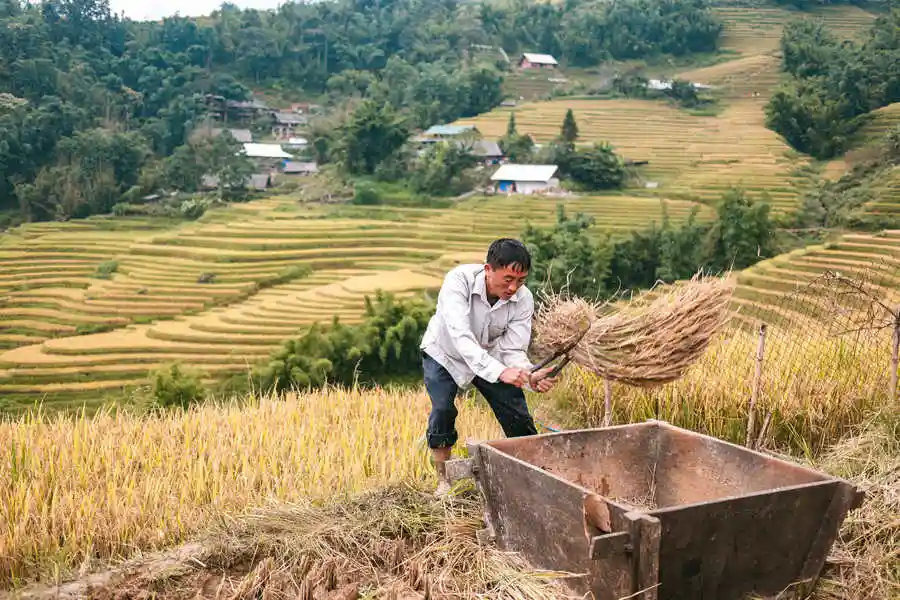
Villagers harvesting rice by hand, Sapa, Vietnam. Photo credit: Mathieu Arnaudet
Mu Cang Chai District, Yen Bai province
Located about 300 kilometers from Hanoi, the Mu Cang Chai district in Yen Bai Province is still relatively unknown compared to Sapa—but it offers breathtaking landscapes that you absolutely shouldn’t miss. Even before reaching Mu Cang Chai, the journey itself is a highlight: the road between Nghia Lo and Mu Cang Chai is nicknamed the “photographers’ route” for its spectacular views. A stop in the stunning Tu Le Valley is also a must. During your stay, you’ll head out on off-the-beaten-path treks guided by our French-speaking experts who know the region inside out. It’s one of our personal favorites—and we can’t recommend it highly enough!
The rice terraces reach full maturity from mid-August onward, offering some of the most photogenic scenery in northern Vietnam.
Accommodation options in Mu Cang Chai are still limited, but in addition to homestays, you can enjoy a stay at one of two charming eco-lodges:
Mu Cang Chai Ecolodge – Perched on a small hill, this lodge offers both shared dorm-style rooms and private bungalows, with beautiful views of the surrounding rice fields. Meals are also available on-site.
Champ Resort – Opened in October 2019, this eco-lodge offers comfortable and stylish bungalows, perfect for travelers seeking both authenticity and comfort. It is located in Tu Le commune, Van Chan district (not Mu Cang Chai itself), approximately 30 kilometers from Mu Cang Chai Ecolodge.
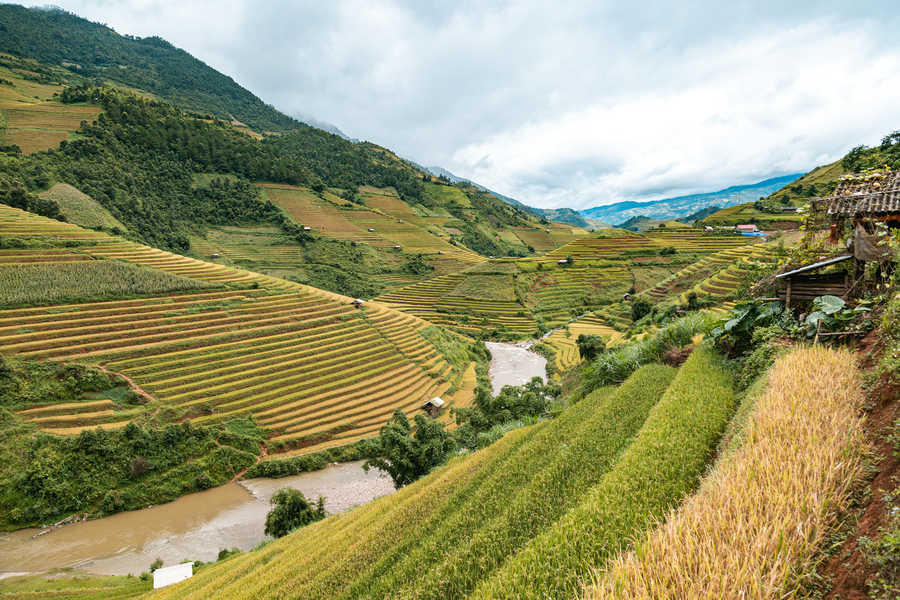
Spectacular landscapes in Mu Cang Chai district, Vietnam. Photo credit: Mathieu Arnaudet
Hoang Su Phi District, Ha Giang province
Located at the northernmost tip of Vietnam, Ha Giang Province has long remained off the beaten path, but is now slowly opening up to tourism—revealing some of the country’s most breathtaking landscapes. While the province is becoming increasingly known for its dramatic karst scenery in the northeast, it also hides incredible terraced rice fields in its southwest region, especially in Hoang Su Phi District, about 100 kilometers from Ha Giang City, the provincial capital.
Hoang Su Phi encompasses several communes, and we invite you to explore its landscapes on foot, through guided treks and overnight stays with local families. Along the way, you’ll meet ethnic groups that are less familiar to many travelers, such as the La Chí, Dao, and Nùng, each with their own rich cultural traditions.
Visiting Hoang Su Phi also means supporting community-based tourism, which has grown significantly in recent years. We work closely with these communities to ensure high-quality, responsible travel experiences that directly benefit the locals.
While homestays offer an immersive experience, we also recommend spending at least one night at Pan Hou Village, a beautiful eco-lodge fully integrated into its natural surroundings. Enjoy a private bungalow and even indulge in a massage after a long, rewarding day of hiking.
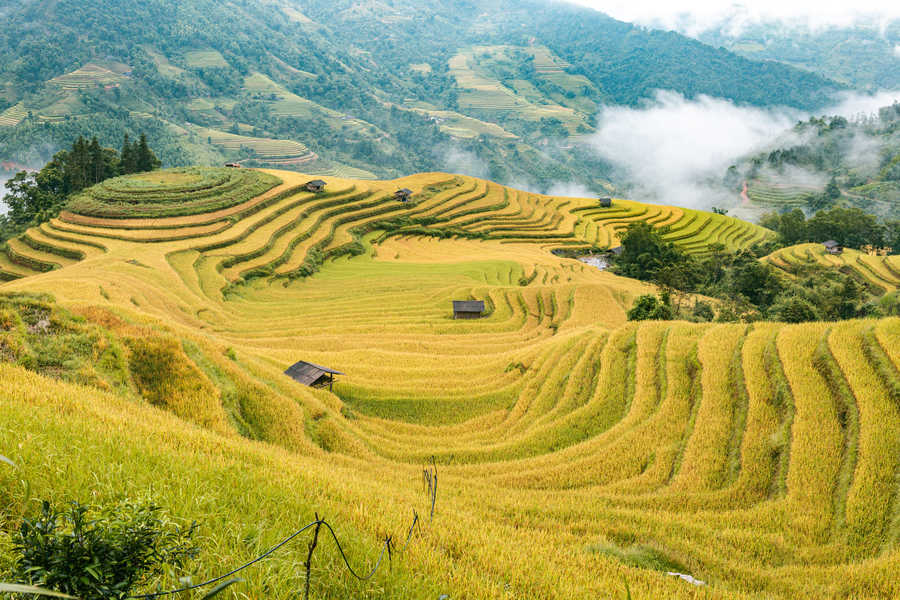
Rizières dans le district de Hoang Su Phi, Ha Giang, Vietnam. Crédit photo: Mathieu Arnaudet
> Discover our 4 days trekking tour in Hoang Su Phi.
Pu Luong Nature Reserve, Thanh Hoa province
A true off-the-beaten-path destination and an ideal first stop from Hanoi, Pu Luong is a peaceful natural haven. Located in the districts of Quan Hoa and Ba Thuoc in Thanh Hoa Province, 180 km from the capital, Pu Luong is home to the Thai ethnic minority and offers an impressive array of natural beauty—wooded hills, limestone karsts, rivers, untouched waterfalls, and terraced rice fields.
You’ll stay in a green paradise, and we’ll guide you on gentle hikes through the surrounding landscapes.
Unlike the mountainous regions mentioned earlier, Pu Luong has two rice harvests per year. The first takes place from mid-June to early July, and the second—later than in most northern destinations—from mid-October to mid-November, when the fields turn golden once again.
Pu Luong now offers a growing range of accommodations, and here are some of our top recommendations:
Ban Hieu Garden Lodge – Nestled in Hieu village, along a scenic waterfall, it’s perfect for those seeking peace and quiet. After a day of hiking, take a refreshing swim in the falls right next door.
Pu Luong Retreat – The first and most luxurious lodge in the reserve. Much like Pan Hou Village in Hoang Su Phi, this is a true eco-lodge, designed with respect for nature. If your budget allows, it’s a wonderful choice.
Pu Luong Home – A charming and secluded homestay, only accessible on foot. A hidden gem you’ll discover while trekking through the reserve.
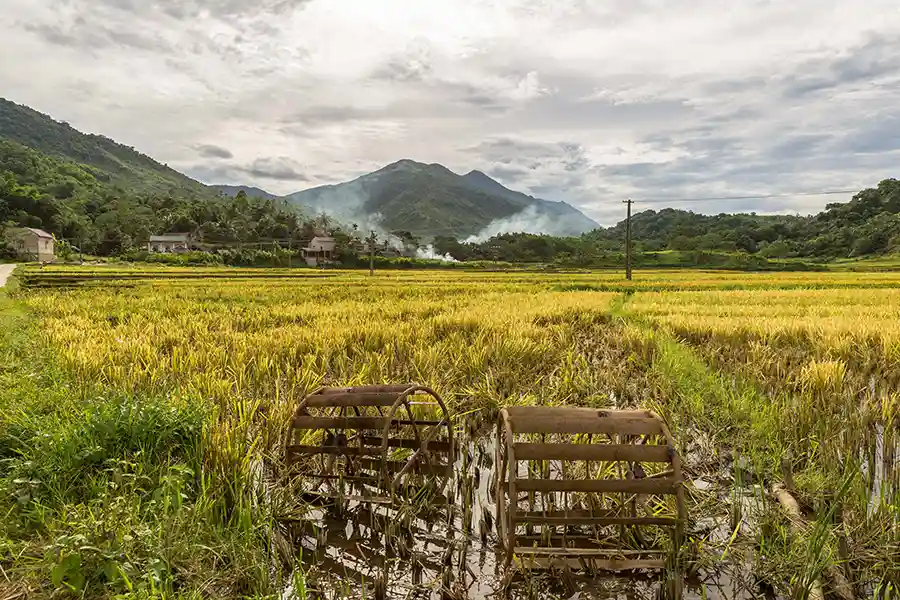
Rice fields in Pu Luong Nature Reserve, Vietnam. Photo credit: Mathieu Arnaudet
Mai Chau, Hoa Binh province
Now let’s leave the high mountains behind and head to the Mai Chau Valley, where rice is cultivated in the heart of a mountainous landscape. Located just 3 hours from Hanoi, it’s possible to admire beautiful rice fields without traveling too far—ideal if you only have a few days in Northern Vietnam or if you’re visiting during the off-season for terraced rice fields (between November and May).
In Mai Chau, there are two rice harvests per year, which means that apart from the period between November and January, you’ll see rice growing in the fields.
The scenery in this province—especially in Mai Chau Valley—is breathtaking, with rivers, hills, and rice paddies blending harmoniously. You’ll also have the chance to stay with local families from ethnic groups such as the Muong (the largest group), the White Thai, or the Hmong.
Mai Chau is a perfect addition to a broader itinerary including Pu Luong, Ninh Binh, and Halong Bay, or simply paired with Pu Luong for a three-day excursion from Hanoi.
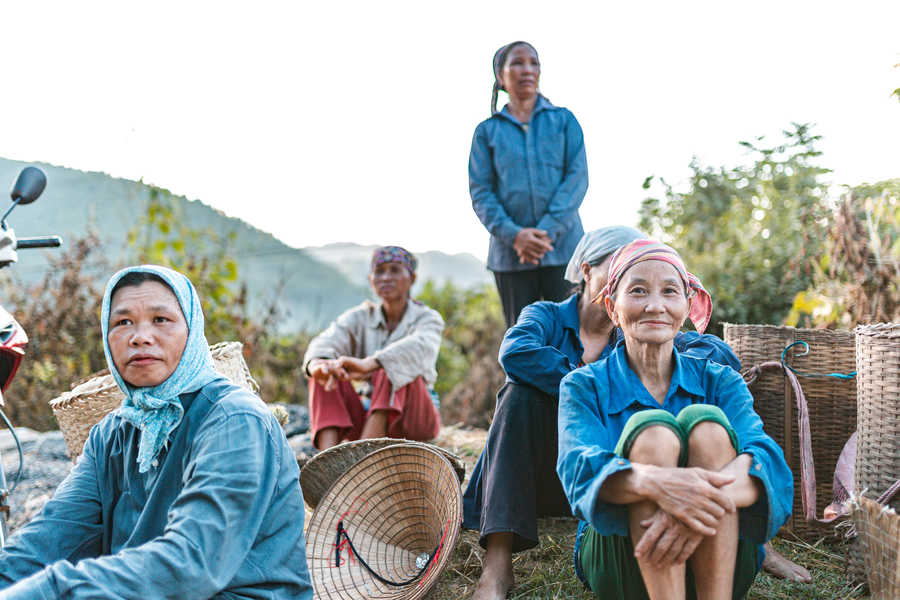
Villagers in the fields in Mai Chau, Vietnam. Photo credit: Mathieu Arnaudet
Bac Son valley, Son La province
Bac Son is a rural district in Lang Son Province, located in the northeastern region of Vietnam, about 160 km northeast of Hanoi.
The rice fields in the valley, surrounded by dramatic limestone mountains, create a breathtaking landscape—one that can only be fully appreciated after climbing to the top of Mount Na Lay, which overlooks the valley.
Adding to the charm is Quynh Son village, where you’ll most likely stay. The village is known for producing the clay tiles used on the traditional stilt houses of the Tay ethnic group.
Bac Son is a truly off-the-beaten-path destination and makes a unique addition to any northeast Vietnam itinerary.
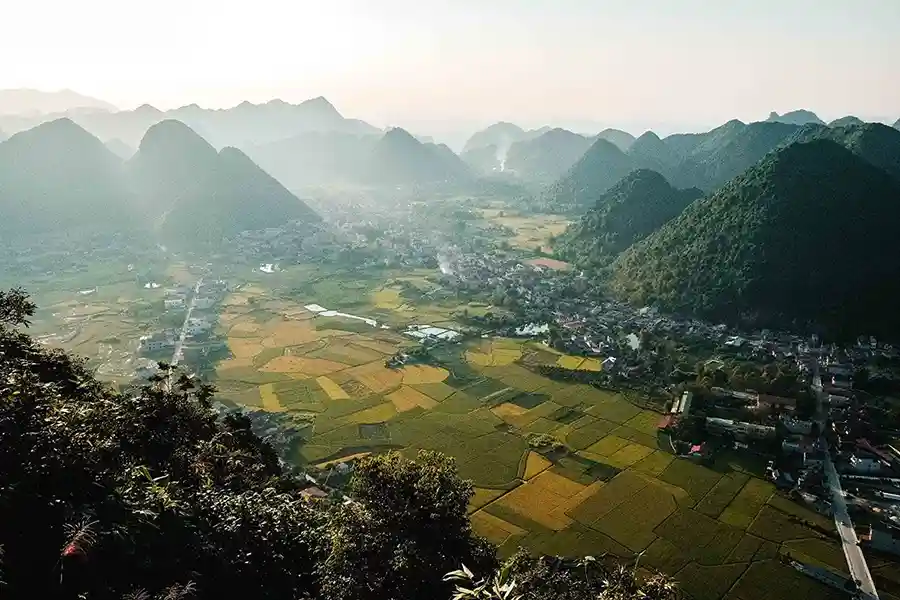
Vue de la vallée de Bac Son avant la récolte. Crédit : Mathieu Arnaudet
Tam Coc, Ninh Binh province
While Ninh Binh’s dramatic limestone mountains are what first attract most travelers, it’s important not to overlook the role of the Ngo Dong River, which makes the surrounding land incredibly fertile. The river’s nutrient-rich water feeds the soil, creating ideal conditions for rice cultivation.
On both sides of the river, you’ll find expansive rice fields, especially stunning when viewed from above—a climb to the top of Mua Mountain offers a breathtaking panoramic view. For the most spectacular scenery, we recommend visiting in late May to early June, when the fields are lush and vibrant.

Tam Coc landscape before the rice harvest, Ninh Binh, Vietnam.
The challenges that face rice production
Rice plays a vital role in Vietnamese society—economically, culturally, and as a key source of employment. For this reason, increasing rice yields has been a government priority over the past decades, which has led to the intensive use of chemical inputs and increasingly demanding labor for farmers.
In some parts of the Mekong Delta, farmers now produce up to three harvests per year. But this relentless pursuit of yield comes at a cost: it places a heavy burden on agricultural workers and has led to a decline in rice quality. So much so that many Vietnamese prefer to buy rice imported from neighboring countries over domestically grown varieties.
Experts are now calling for greater diversification in rice production. By focusing on higher-quality rice, Vietnam could increase its value on international markets while improving sustainability at home.


